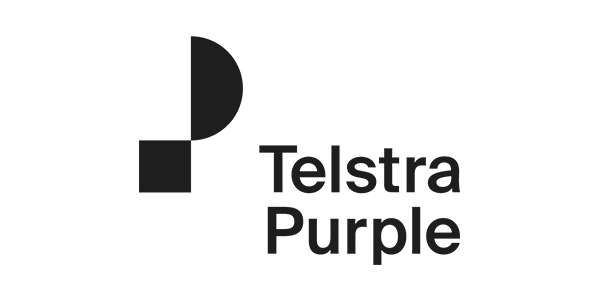Can we really measure how effective content is?
The white elephant in the room when it comes to digital marketing is measuring the effectiveness of content. Is it even possible to calculate an ROI on a blog, press release, infographic or whitepaper? Then we bring into the equation website hits, social media and email campaigns and it all becomes a bit of a Rubik’s Cube when it comes to pulling together meaningful statistics.
The truth is that statistics on consumption, be it page views, clicks, shares, retweets etc simply don’t correspond to the actual relationship between the reader and the publisher. The result is that publishers and marketers grasp on to any figures they can find to create reports, but are as mystified as ever over what is working and what isn’t.
Digital landscape
Companies understand they need to create a full digital delivery experience across every digital touchpoint, according to research by Forrester Research. To do this Web content management was seen as the top priority by 60% of companies. This investment is important as it is a way to get to every device a user has in their pocket or on their desk.
In addition, Forrester’s research found that enterprises now manage on average a staggering 268 branded, customer-facing Web properties. This doesn’t include social media such as Facebook, Twitter, Instagram, YouTube and LinkedIn. This is quite a farm of content silos to feed and monitor.
Digital has undoubtedly enabled publishers and marketers to target audiences more effectively than ever before. But digital media is still measured by proxy methods such as page impressions and clicks. So enterprises are left wondering what all these wonderful metrics and millions of eyeballs are actually doing for their business. This makes it all a very big guessing game.
Carry on measuring!
When it comes down to it, enterprises have endless ways of measuring digital success from click-throughs and social media sharing rates to time spent on a site, which they all think are equally important.
The digital industry needs to come up with a smart measurement, instead of measuring every click it can get its hands on. It needs to be able to measure importance in real time, so that it can quickly adapt to the user’s interests. This is, however, an ongoing challenge.
One thing is for sure, however, it is quality, not quantity that makes a campaign effective. Digital content enables brands to hook in audience interests, drive social sharing and generate debate. But remember, it takes good content to achieve this engagement.
Content for content sake is worthless
Digital seems to say to some ‘pump out as much content as possible and see if anything sticks’. This is a huge mistake to make. Digital content should be audience relevant, memorable and engaging across all channels, whilst fitting into a roadmap of business objectives.
Measurement tools act as indicators and guides, but the simple fact is people feed on quality, compelling content they can engage in. This is where brand loyalty should be measured.
Contact Futurity Media to understand how our content marketing services can help you get your message across in a rapidly changing world.

![Create the ideal white paper in eight weeks [infographic]](https://www.futuritymedia.com/wp-content/uploads/2020/02/Futurity-Whitepaper-Timeline-Graphic-v6-header.jpg)

![New to ABM? Follow these 5 steps to drive complex sales [UPDATED]](https://www.futuritymedia.com/wp-content/uploads/2023/04/shutterstock_1225782988.jpg)



















